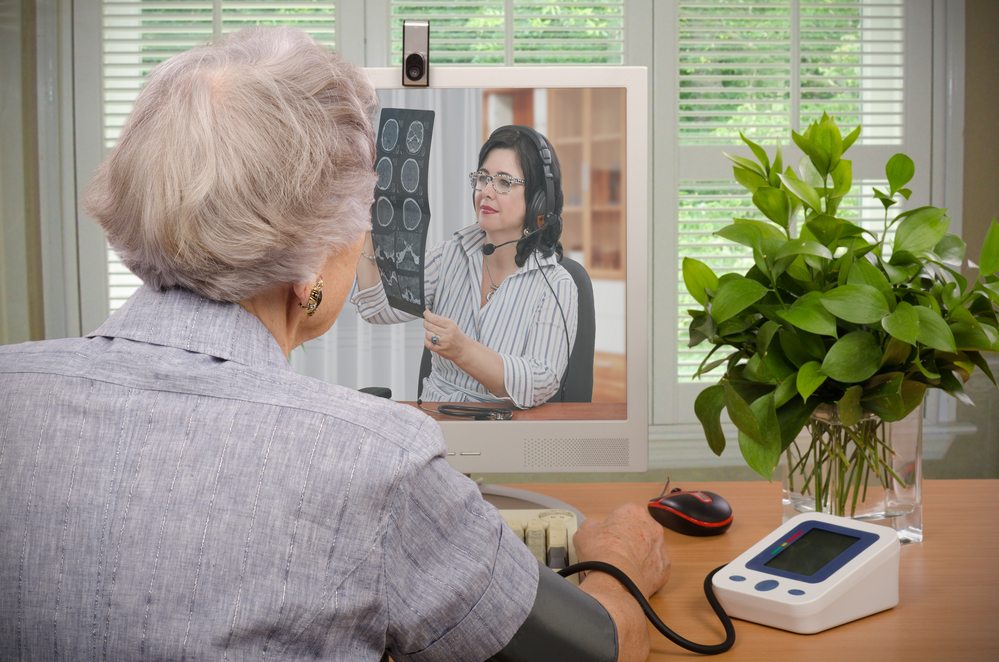Kidney failure has become a severe issue in the U.S., especially in nursing homes. In 2018, 786,000 Americans were living with ESRD (end-stage renal disease). In that same year, total Medicare spending on patients with ESRD reached $49 billion, which is 11% more compared to 2009 spendings. Overall, patients with ESRD account for 7% of Medicare spending even though they make up only 1% of Medicare beneficiaries. Nonetheless, mortality risk for kidney failure is higher in the U.S. than in countries that spend less on kidney care, such as Europe and Japan.
Several patients are able to receive treatment for ESRD that are most suitable for them. 70% of patients are undergoing dialysis while 30% have functioning kidney transplants. Other dialysis treatment options include outpatient or at-home (3-day dialysis or daily dialysis) hemodialysis and at-home peritoneal dialysis.
However, there is concern around the notion that the industry has focused on the needs of active, middle-aged dialysis patients instead of properly addressing the needs of a growing nursing home population. The dilemma of nursing home dialysis highlights the limits of outpatient services as outpatient dialysis clinics are not designed for nursing home residents. This has led to the failure of outpatient providers in addressing the needs of an aging population of patients with ESRD in the form of nursing home residents.
Nursing homes need 3-day on-site dialysis to be helpful to residents. This can produce benefits such as eliminating outpatient drawbacks and hours of travel time per week, decreasing treatment time compared to daily dialysis, increasing time for therapies, and reducing risk of infection and complications. Nursing homes could also benefit from fewer hospital readmissions, stronger relationships with hospitals, and space to take in more higher acuity patients. 3-day on-site dialysis can provide three times as many patients with the treatment they need for the same initial investment as daily dialysis.
Concerto Renal Services help nursing homes deliver in-house dialysis care designed for geriatric patients by providing 3-day on-site hemodialysis in a comfortable setting while embracing all patient comorbidities. Kidney disease has had a significant impact on patients living in nursing homes, but being open to a different model that can deliver flexible treatment to such patients can protect the ones we love.










